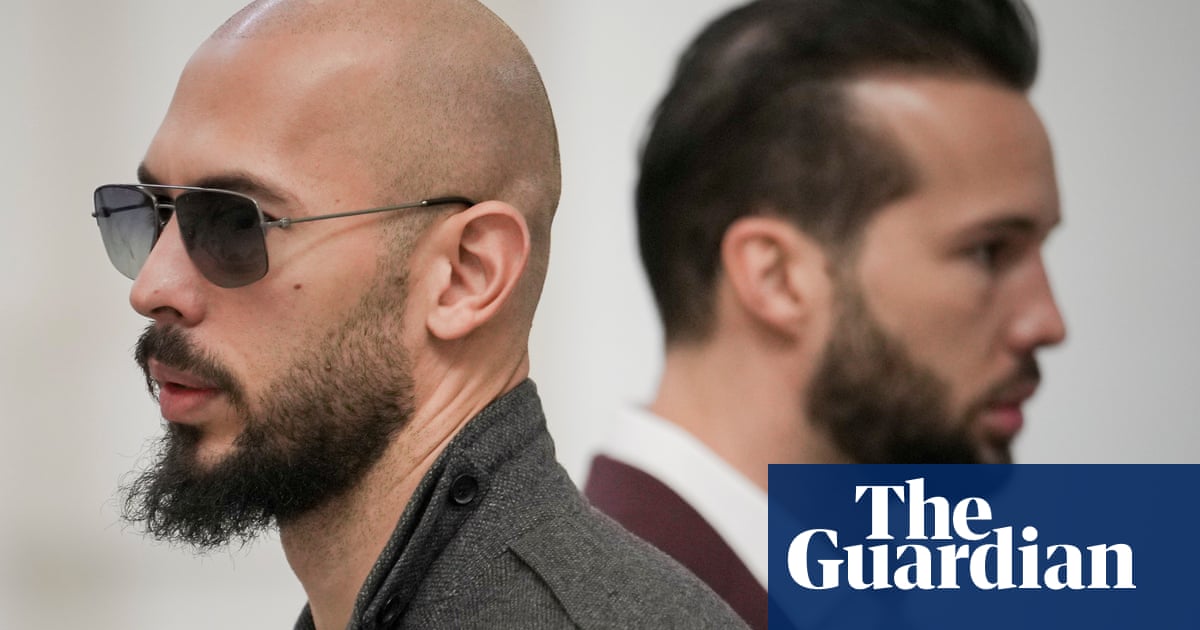
As an eight-year-old, Anita Ghai was buried neck-deep in a mud grave during a solar eclipse, while her mother was pressured to chant verses from Hindu scripture – ostensibly to cure Ghai of polio, which she had contracted at the age of two. “I still carry guilt – for what my mother had to endure because of me,” says Ghai, now 67 and a dean at Delhi’s Ambedkar University.
Such nightmares, Ghai thought, were over when in March 2014, the World Health Organization declared India – home to half of the world’s polio cases in 2009 – free from the disease. Yet, eight years later, a worrying sequence of events is playing out around the world. Pakistan has witnessed a string of fresh cases, ending a 15-month period without a single new instance of polio. The wild virus from Pakistan has led to infections in Mozambique and Malawi, previously free of the disease.
In June, the WHO reported cases of vaccine-derived polio – where a weakened virus in the vaccine itself spreads in the environment and infects people – in Eritrea, Ghana, Togo, Ivory Coast, Israel, Yemen, Nigeria and the Democratic Republic of the Congo. And in July, a patient in a New York City suburb was diagnosed with vaccine-derived polio. Over the past six weeks, traces of this form of the virus have also been found in sewage samples in Kolkata and London.
These seemingly unconnected cases highlight a common threat: globally, polio vaccination levels in 2021 dropped to their lowest in 15 years, according to WHO data, with immunisation initiatives disrupted during Covid. India and Indonesia, two of the world’s most populous nations, have witnessed particularly sharp falls in vaccine coverage.
That makes the recent spate of cases a canary in a coalmine, say experts – warning that the paralysing disease eliminated in most of the world could come back, especially in densely populated regions, unless countries redouble their efforts on vaccinations and surveillance.
“It was quite scary,” says virologist T Jacob John, one of the founders of India’s polio vaccination programme, of the virus trace found in Kolkata’s sewers. “A few more cases like that and we could have been looking at an outbreak.”
That’s not just a hypothetical scenario: in 2018, Papua New Guinea suffered an outbreak of vaccine-derived polio infections, 18 years after the country was declared free of the disease.
So far, there is no evidence that the recent cases represent any unchecked spread of the virus, at least in the US, Britain and India, say experts. In Kolkata, investigators surveyed all neighbourhoods near where traces of the virus had been found, to ensure no one was potentially infected with polio.
That health authorities were able to detect cases – and traces in the sewage – points to the strength of surveillance systems in these countries. “It’s reassuring for me,” says Raman Bhatia, a veteran Indian polio vaccine campaigner associated with Rotary International, the US non-profit that is one of the pillars of global polio immunisation efforts.
Advertisement
But like vaccination levels, regular checks for cases of paralysis linked to polio have also reduced over the past two years. In Indonesia, researchers found such surveillance was severely disrupted during the pandemic.
That is bad news, says Luthfi Azizatunnisa’, a public health researcher at Yogyakarta-based Universitas Gadjah Mada, and lead author of the Indonesian study. The country has pockets with low immunisation coverage, she says. “When surveillance is disrupted, we will never know or may miss the poliovirus circulating in the environment or community.”
Overall, the global polio burden from the wild virus has dropped by 99% since 1988, when the disease was endemic in more than 125 countries and infected 350,000 people a year. Today, those countries have dwindled to just two: Pakistan and Afghanistan.
The surge in vaccine-derived polio cases has reopened the debate among some experts over the benefits of the two main types of immunisation commonly used against the disease.
The first, known as the IPV, uses an inactivated virus and is injected. The other, administered orally, is known as the OPV and carries a weakened but active virus that, after circulating in a population, can mutate and occasionally lead to outbreaks.
“Nations that use exclusive IPV are not at risk of generating new circulating vaccine-derived polioviruses,” says Walter Orenstein, former director of the US national immunisation programme. For this reason, western nations depend almost entirely on IPVs. But they too could accidentally import vaccine-derived polio from countries where the OPV is used, he says.
Drops are easier to administer compared with injections because they don’t require qualified medical professionals, says Jay Wenger, director of the polio team at the Bill & Melinda Gates Foundation. The OPV is also more potent than the IPV in curbing the transmission of the polio virus orally and through faeces, according to Steven Wassilak, associate chief for science at the Global Immunization Division of the US Centers for Disease Control and Prevention (CDC). “The OPV makes sense in those developing countries where sanitation is a challenge,” he says.
John isn’t convinced: in a letter published in the Lancet medical journal in July, he questioned the evidence behind the notion that the virus spreads predominantly through oral or faecal routes in poorer countries.
What is clear is that just like the wild virus, vaccine-derived polio searches for victims among the unvaccinated. Those who have received all their doses are mostly immune to the vaccine-derived virus, if they encounter it in air or water.
“The primary risk factor of any poliovirus – be it wild or vaccine-derived – is low vaccination coverage,” says Zubair Wadood, a Geneva-based epidemiologist at the WHO. “If a population is fully vaccinated, they will be protected from any form of poliovirus.”
The threat mounts if the vaccination levels drop below 80%, says John Ross, assistant professor of medicine at Harvard Medical School. That creates an opening for “vaccine-derived poliovirus to circulate, increasing the risk of it reverting to a virulent form”, he says.
Indonesia, using a combination of the OPV and IPV vaccines, could be particularly vulnerable, suggests Azizatunnisa’. The country’s polio vaccination rates plummeted to 68% in 2021, according to the WHO and Unicef. India too relies for the most part on the OPV, though vaccination rates have not fallen below 80%.
Disinformation and conspiracy theories reached new heights amid the pandemic, also affecting rates, says Wassilak. “Today, that is a challenge we must confront in getting immunisation levels up again.”
Rich nations shouldn’t leave their poorer neighbours to deal with declines in vaccination numbers alone, but donor nations and agencies must step up their support to the Global Polio Eradication Initiative, a public-private alliance including the Gates Foundation, the CDC, the WHO, Unicef, Rotary International and Gavi, the vaccine alliance, says Wenger.
For health veterans such as Orenstein, it’s a wake-up call. “We are still at risk,” he says. To patients such as Ghai, the consequences of slipping up against the debilitating disease are more personal.
“My parents taught me to never give up,” says the Delhi-based professor. “I haven’t let polio defeat me. The world must not either.”












